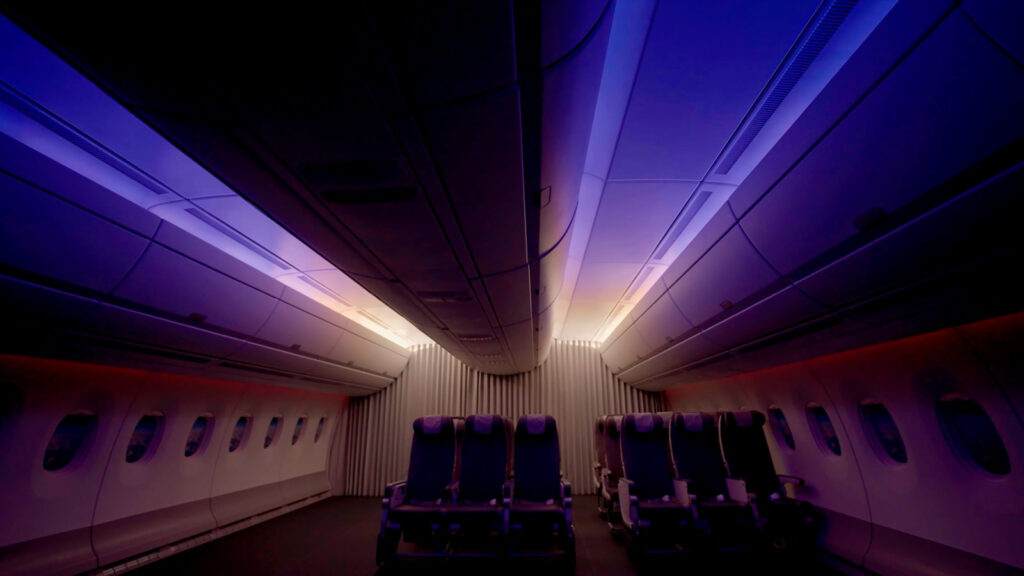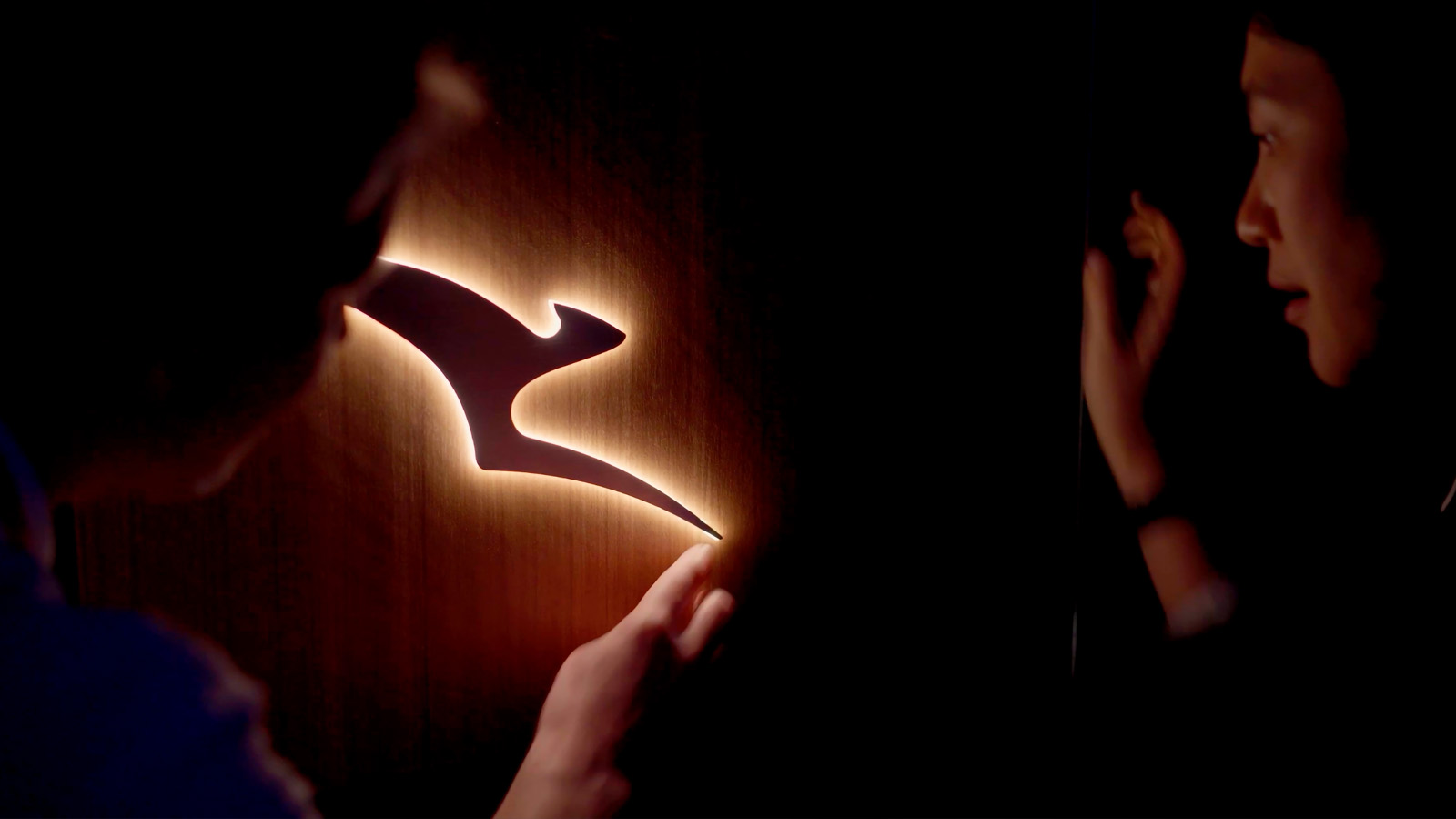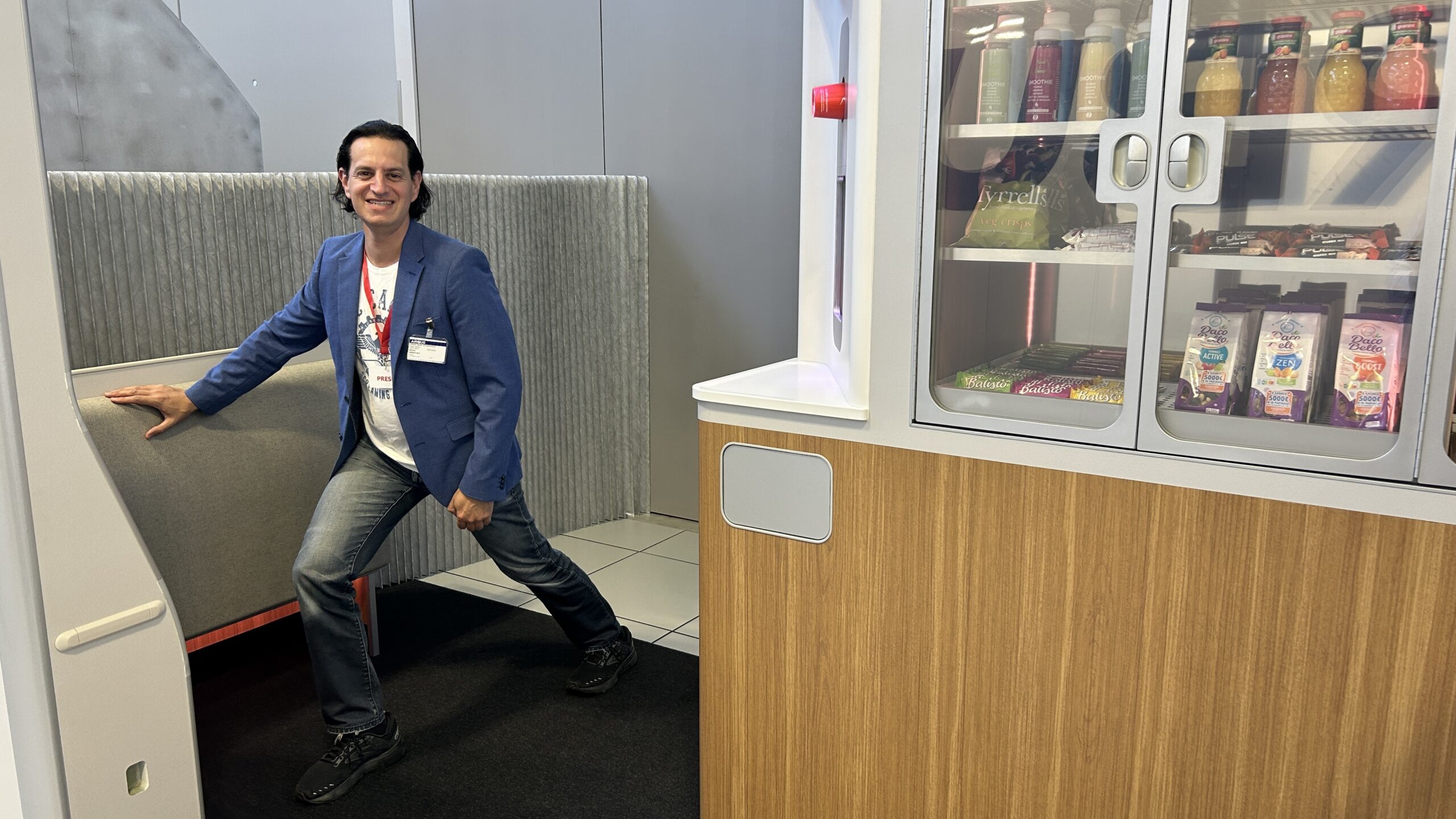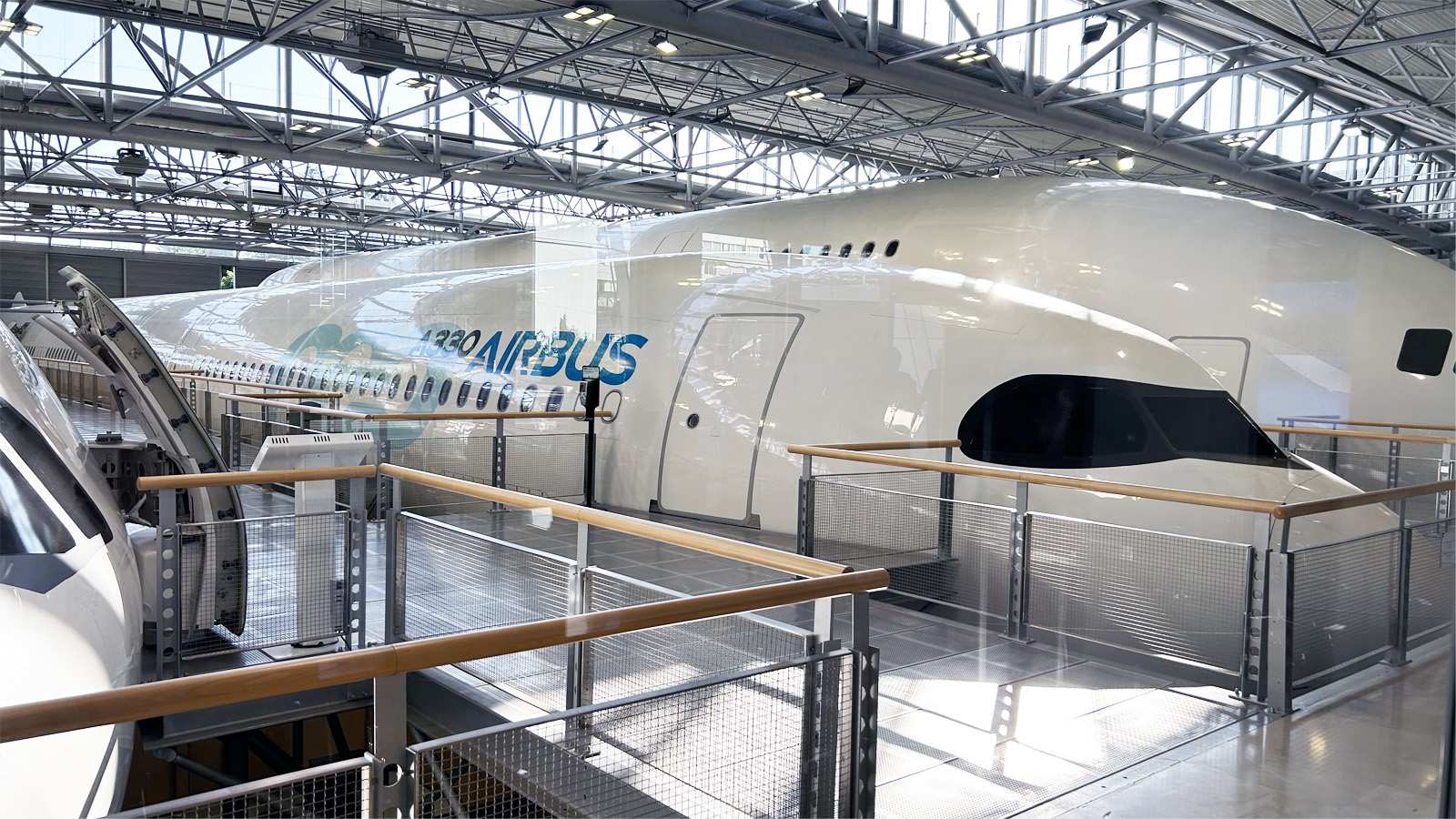Adding the sunrise to Qantas’ Project Sunrise
From next-gen lighting to upcoming fleet plans, here's what's in store for Qantas.

What we'll be covering
Over the decades, cabin lighting has gradually evolved from an afterthought to a key consideration in passenger comfort and well-being. If you’ve travelled on older jets, you may recall being jarred awake as the crew switched on the incandescent cabin lights.
These days, the latest Airbus and Boeing jets have integrated LED mood lighting to slowly awaken you from your slumber. But now, scientists and designers are taking it a step further. Qantas’ upcoming jets for Project Sunrise will feature dynamic lighting scenes to help passengers adjust to their new time zone.

From sunset to sunrise
Through a collaboration in Hamburg with Qantas, Airbus, the University of Sydney’s Charles Perkins Centre and the Caon Design Office, the 12 new lighting scenes are designed to promote circadian adaptation. Examples include:
- Sunrise: a dynamic lighting transition from night to day. A sunrise effect rolls from the front of the cabin to the back.
- Sunset: a slower transition from day to dark with a sunset, moonlight and cloud effects for relaxation
- Awake: Blue-enriched lighting to help passengers stay awake
Qantas’ upcoming Wellbeing Zone, situated between Economy and Premium Economy on the Airbus A350-1000 ULR, will also have bespoke lighting patterns for passengers stretching or enjoying a snack during the flight.


Project Sunrise is now two years away
Cam Wallace, Qantas International CEO, sees the research into lighting as a ‘critical component’ of the Project Sunrise flights, which he expects to launch in mid-2026.
“Combined with the design of the cabins, specialised meal planning, and the movement program, this unique
lighting sequence will help improve our customers’ comfort in the air and minimise their jetlag when they arrive at their destination.”
Qantas will take delivery of 12 Airbus A350-1000ULR jets for Project Sunrise. Modified with extra fuel tanks, these will operate non-stop flights from Sydney and Melbourne to London and New York.
The airline also has a further 12 Airbus A350-1000LR jets (without the extra fuel tank), plus four Boeing 787-9s and eight Boeing 787-10s, to eventually replace the Airbus A330 fleet.

Speaking at the Perth-Paris launch last week, which Point Hacks attended, Qantas Group CEO Vanessa Hudson suggested a Perth-Auckland revival and a seasonal Perth-Athens route could be on Qantas’s radar.
“We’re looking at a lot of destinations. We’re waiting for more aircraft to come online to do that. But if we think about what’s available from here in Perth, we can get to any place in Europe with our Boeing 787,” she teases.

Point Hacks’ Editor-in-Chief is visiting the Airbus HQ in Toulouse as a guest of Qantas.
Stay up to date with the latest news, reviews and guides by subscribing to Point Hacks’ email newsletter.





